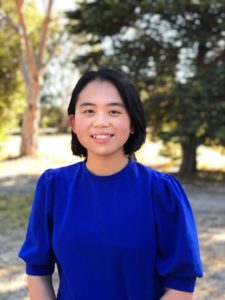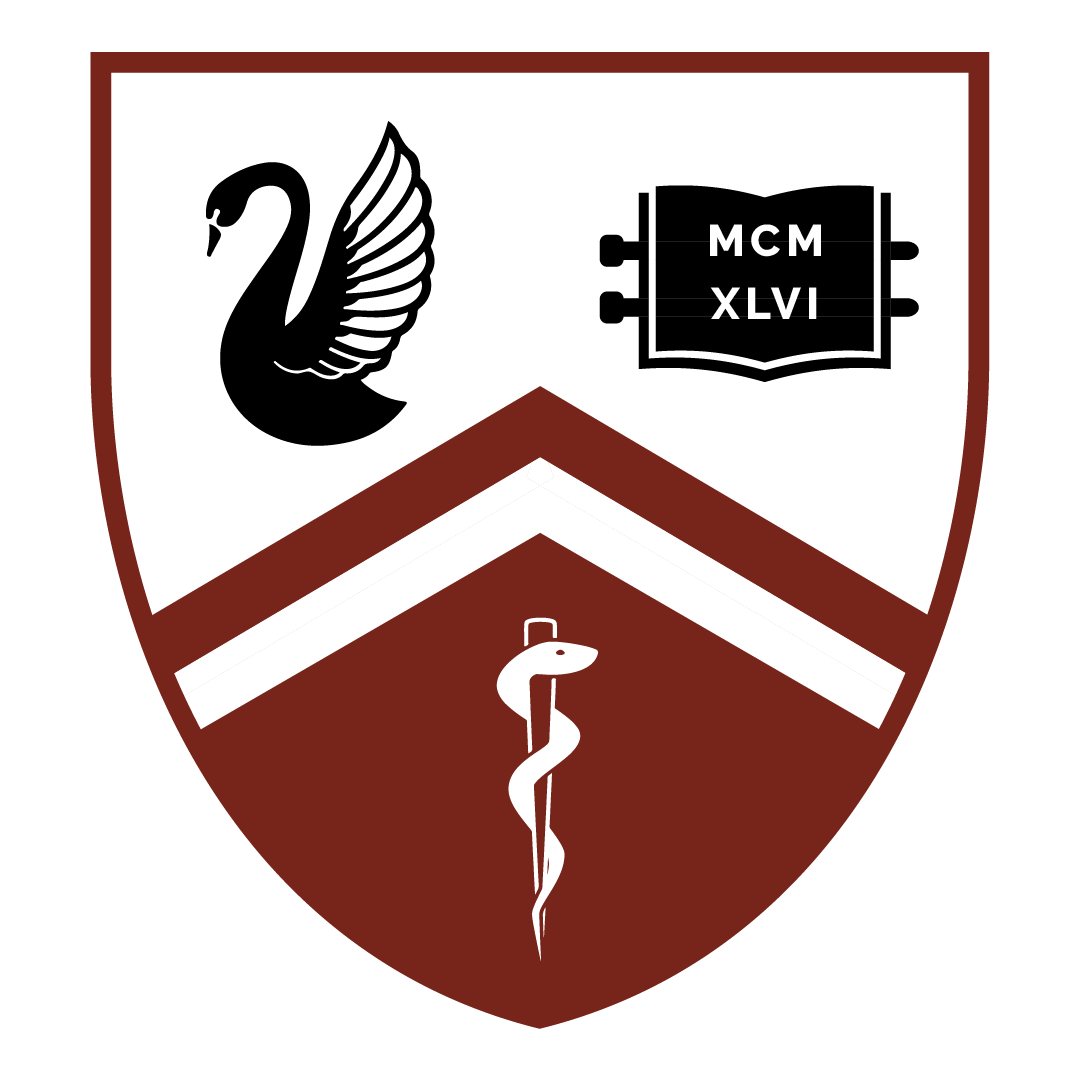Transitioning from pre-clinical to clinical years in Medicine can be challenging. We find ourselves adjusting to the long hours of placements and study, leaving whatever time is left for leisure and (hopefully) rest.
In pre-clinical years, while it was busy, it felt a little more predictable knowing the curriculum and timetables well. In clinical years, it feels like the world (of Medicine) is your oyster. It is an exciting time, and there is ever-growing, fascinating knowledge to learn about. However, it can also be an overwhelming time. With clinical skills and diagnostic reasoning newly introduced, the start of my clinical year came with a steep learning curve.
First clinical rotations
I started my first clinical rotations experimenting with various study methods while navigating the balance between life and studies. I yearned to be a helpful team member on-site, but at times felt like I was taking up space and slowing the ward rounds down. I felt apologetic when asking the team for opportunities to present history and examination findings given how busy the ward was. It was a stressful time, and I wondered if things would be better soon.
Getting the hang of it
In a later rotation, there was a doctor who strongly encouraged us to clerk patients and present patient cases during the ward rounds. My first case presentations were frankly messy and verbose, to which the doctor responded with patience and honest feedback that I found invaluable. After weeks of practising case presentations, I was beginning to present with better fluency and apply better clinical reasoning. It was encouraging that I was making progress. While attentively listening to our case presentations, the doctor would always take notes on our findings and commend our efforts. He was a supervisor who consistently looked out for us and set time aside during his busy ward rounds and afternoons for teaching, in the hope of nurturing us to become capable doctors in the future. I am grateful to have met this doctor. He has not only taught me the joys of clinical medicine but has also acknowledged the value of my efforts and progress as a medical student.
Encouragement
At the end of last year, I had a conversation with another doctor, who is one of my mentors.
'How are you? Have you had time to rest and spend time with your family and friends?' he asked.
‘I’m good, thank you. Yes, I have been able to rest and spend time with family and friends,’ I replied.
I talked about how the clinical year had its ups and downs. I shared how exciting it was when I talked to a patient in the ward for an hour and how she was smiling more as the hour passed. The doctor shared how we can empower patients by truly listening to them and thanking them. For example, when patients describe their symptoms, we can listen and thank them for explaining their symptoms well, aiding the way we understand their conditions.
I also mentioned how I spent hours nervously waiting for an available assessor on the ward and nearly could not finish my assessments in time. He empathised and talked about a time he was in a similar situation as a student. Being a medical student in clinical years can be tough. Learning new content on the ward, finding ways to contribute, attending classes, completing assessments and study, and having a part-time job and leisure time is truly a balancing act. However, I am thankful for the clinical mentors and colleagues I have met who have been a great encouragement to me and have helped me grow.
At the end of the conversation, the doctor paid for the coffee.
‘You are doing well,’ he said.
‘It seems like you are exactly where you need to be.’

Pristina Goh is a third-year medical student at UWA with a passion for helping people. She enjoys spending time with her family, friends and dogs.
